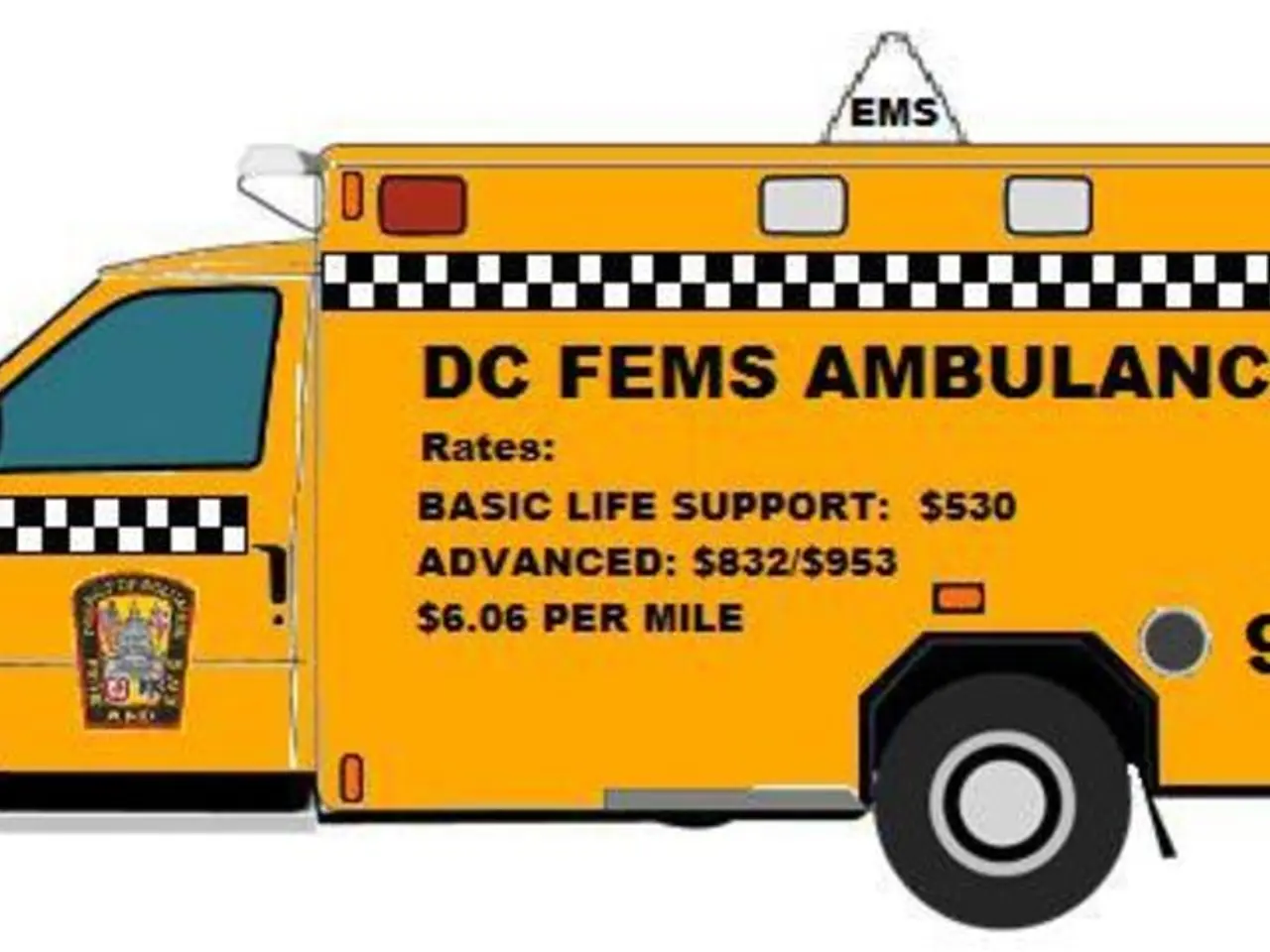Here comes the update for all aspiring drivers: Revised theory test questions are on the horizon for novice drivers
Starting from 2026, learner drivers in the UK will face a new challenge in their journey towards obtaining a driving licence. Alongside the existing requirements, they will be required to answer questions on cardiopulmonary resuscitation (CPR) and the use of automated external defibrillators (AEDs) as part of their theory tests[2][3].
This change aims to boost survival rates in cases of cardiac arrest by ensuring that drivers have basic life-saving knowledge[2][3]. The theory test will include questions about proper CPR techniques, including correct hand placement and the recommended depth of chest compressions (5 to 6 cm for adults)[3]. Additionally, it will cover how to use public access defibrillators, emphasizing that everyone can use them, not just medical professionals[3].
These changes build on existing first aid content already included in driver education and the official DVSA learning materials, which have been updated to incorporate this life-saving information. Learners can also access free resources from the Resuscitation Councils UK to help prepare[3].
This update to the UK driving theory test format is part of a broader change planned for September 2025, which also introduces video scenario questions, enhanced hazard perception, eco-driving, and updated Highway Code topics[1][3]. However, the CPR and defibrillator questions will come into effect a year later, in 2026.
The move to include life-saving skills in the driving theory test was inspired by a tragic event. In 2017, a father lost his 24-year-old daughter due to complications following a cardiac arrest[1]. Mark Winn, DVSA chief driving examiner, stated that knowing what to do in an emergency is part of being a safe and responsible driver[1].
Each year, more than 40,000 people in the UK suffer an out-of-hospital cardiac arrest[1]. Professor Len Nokes, chair of Save a Life Cymru, stated that knowledge of CPR might have made a difference in the case of his daughter's cardiac arrest[1]. This new requirement is part of a partnership aimed at significantly increasing the number of people with life-saving CPR and defibrillator awareness.
With over two million theory tests taken each year[1], this change has the potential to equip a significant number of people with the skills needed to save lives in emergency situations. The current pass rate for theory tests is approximately 45%[1], but with the new content, it remains to be seen how this will impact the success of learner drivers.
In the future, learner drivers in the UK will not only need to grasp driving concepts but also demonstrate knowledge about life-saving techniques such as CPR and using automated external defibrillators (AEDs), following a change planned for 2026. This modification, part of a broader reform in September 2025, aims to increase the number of people with CPR and defibrillator awareness, potentially saving lives in emergency situations.




